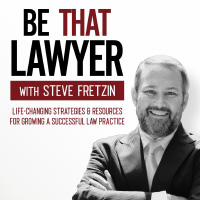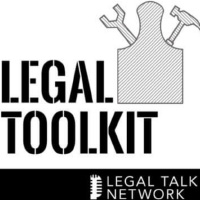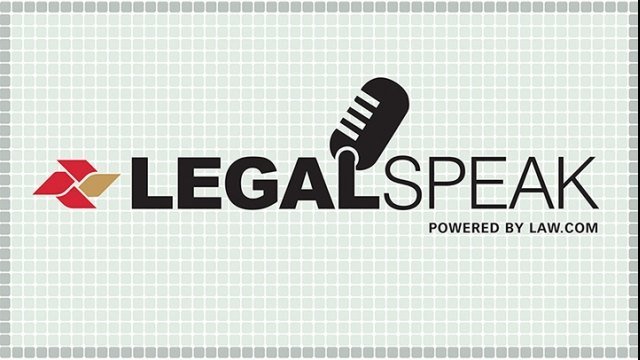
While social media is growing in importance as a tool for mass communication (and therefore as a tool for marketing a professional services practice), for the foreseeable future, e-mail still has an important role to play in marketing a law practice. But we still have a “Tower of Babel” problem when it comes to e-mail. Simply put, different users of e-mail speak “different languages”.
The dramatic growth in the use of smartphones in the past two years has only exacerbated the problem. Smartphone users tend to prefer terse e-mail messages. Meanwhile, people who mainly use their desktop or laptop computers to read or compose e-mail messages may have more tolerance for lengthy messages.
So how does one navigate this challenging communication problem? For starters, know what your clients and other professional contacts prefer and then follow their lead. Beyond that, here are some general rules:
- don’t use e-mail to deliver bad news or complex messages [e.g. firing someone by e-mail is a poor use of the medium]
- if you have a complicated message that needs to be sent in writing, send the first paragraph of the letter in the body of the message and then use an attachment for the complete letter. In other words, you can use the message as teaser and let the reader know they can read the attachment if they want more information.
- try to limit each e-mail message to one main idea and use descriptive subject lines. (i.e. better to send multiple messages if you have several things to say that are unrelated). Good subject lines help the recipient to quickly decide if they need to read the message right away and if the message requires a quick response.
- if you receive an e-mail message that gets you angry, DO NO RESPOND IMMEDIATELY. I continue to be amazed at how often I misread the content of e-mail messages. There is something about the medium that lends itself to this. Instead, reread the message once you have cooled down and make sure your first reading was accurate. Sometimes, this may mean waiting until the next day.
Finally, try not to read too much into a “non response” to an e-mail message. While many of us have an expectation that an e-mail message will be answered in a relatively short period of time, not everyone operates under this set of rules. Furthermore, spam filters and a mountain of other messages may bury your message. In other words, with e-mail, there is no guarantee that the recipient saw the message.
E-mail does provide an inexpensive way to communicate with a lot of people and it is therefore an important tool in a lawyer’s marketing arsenal. But recognize that it is only one tool and that not everyone uses e-mail in the same way.








